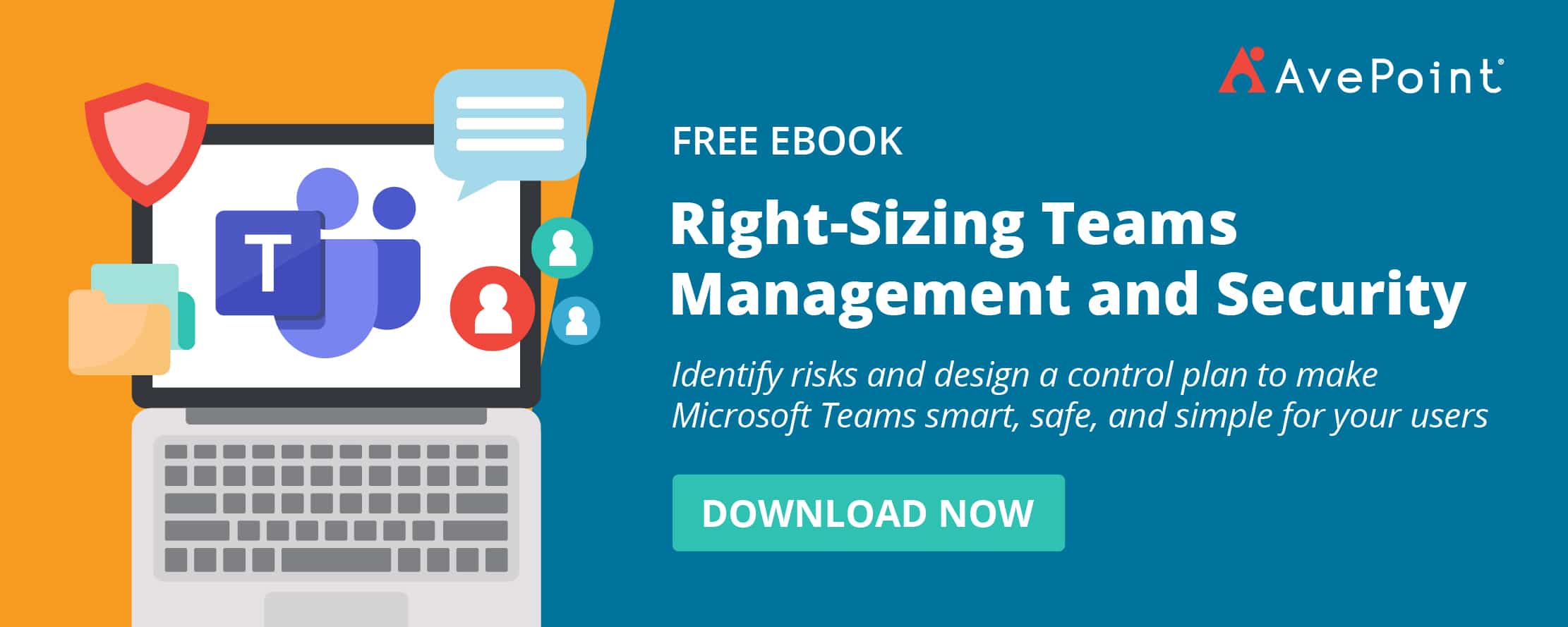Software-as-a-Service tools Microsoft 365 and Power Platform are proving to be invaluable to companies in improving workflow productivity and process efficiency. But with the intricate integration between the platforms, multi-SaaS operations management can be complex and can result in inefficiencies for IT teams.
How do you implement effective SaaS governance strategies to ensure your IT team and the entire organization benefit from operational efficiency brought by SaaS tools?
SaaS Governance Strategies for Increased Efficiency
Here are four strategies – along with SaaS management tools – you can use to increase IT efficiency while maintaining security when handling Microsoft 365 and Power Platform.
1. Automate user onboarding and offboarding
One of IT teams’ most time-consuming tasks is onboarding/offboarding. Manual onboarding – adding users and assigning licenses, group memberships, and permissions – simply takes up valuable time that could be allotted to other high-value tasks. Offboarding users are equally effort-intensive, with added data loss and access mismanagement risks.
To reduce IT burden, automate user onboarding and offboarding processes, including license management, group memberships, and permissions re-assignment.
With AvePoint EnPower, you can automatically provision licenses and assign permissions and group memberships based on roles and responsibilities. By automatically or manually triggering your workflow, a newly onboarded user is added to a specified group and assigned a license. Updating a user’s job title can also trigger an automated reassigning of the user’s specified Groups and Teams. For employees that leave and need to be offboarded, you can configure another workflow that automatically removes licenses and user access to Teams and Groups once they are blocked from signing in.
2. Streamline workspace provisioning
Allowing access to workspaces is critical for users to accomplish their tasks. The IT department must limit friction around establishing new workspaces and controlling who has access so users aren’t daunted by strict guidelines and ultimately facilitate better productivity and collaboration.
However, not having the proper controls for workspace creation and management can also lead to sprawl, compliance issues, and security concerns.
To help ensure consistency, reduce the risk of errors, and facilitate a more efficient workspace provisioning process, establish rules around who can create workspaces in your Microsoft 365 environment. Then, use a SaaS operations tool to simplify the implementation of your rules.
IT teams can streamline the creation of new workspaces and manage existing ones with AvePoint Cloud Governance. Then, with AvePoint MyHub, organizations can empower end-users with self-service IT resources for provisioning, moving, or restructuring Microsoft 365 content with minimum intervention from IT teams.
For example, in MyHub, users can request a workspace for their team by filling out a questionnaire so IT teams know the essential details of the workspace. Once the request is submitted, IT teams can simply approve it and the workspace will be granted – complete with proper access and permissions settings based on the organization’s best practices.
Lastly, use AvePoint EnPower to enable better workspace management by scaling out admin tasks to more IT staff without assigning global admin rights. This results in a more hands-on management approach without sacrificing security.
3. Centralize permission management and monitoring
Managing permissions across multiple workspaces (or even tenants) can be tricky, especially when workspaces have different permission structures. To ensure the security and compliance of Microsoft 365 and Power Platform, IT teams must have a centralized view of all user permissions and activities.
Centralizing permission management and monitoring can help identify potential security threats and allow quick action to prevent data breaches.
AvePoint Insights makes it easy to see possible security risks by offering tenant-wide security reports that aggregate sensitivity and activity data across Teams, Groups, SharePoint, and OneDrive. From these reports, you’ll have visibility over who has permission to what and determine which files or documents may have relaxed permission settings that may result in unwanted exposure or vulnerabilities.
Then, quickly remediate policies and permission issues with AvePoint Policies. Enforce Microsoft 365 security rules and best practices by automatically applying rules to your Teams, Groups, Sites, and OneDrives — or your entire tenant if needed — based on security reports in your Insights dashboard. AvePoint Policies can proactively monitor configuration drift, notifying and reverting out-of-policy changes as often as every two hours.
You can implement similar centralized management for Power Platform with AvePoint EnPower. AvePoint EnPower provides centralized dashboards by service to understand your Power Platform elements, creation, and usage. From this dashboard, monitor and control your permissions, policies, and resource usage to quickly change permission settings that need intervention.
4. Simplify lifecycle management
As your Microsoft 365 and Power Platform adoption matures, IT teams must stay up-to-date with everything happening in their organization’s environment – including workspaces, data, users, processes, and more. It’s crucial to ensure each element is active and intentional; otherwise, you will face unnecessary storage costs, data oversharing risks, and security threats that complicate your SaaS management.
Simplifying lifecycle management starts with visibility and ends with control.
With AvePoint Cloud Governance, get a comprehensive view of your environment to create the best lifecycle management strategy that works for your organization. Gain access to reports and alerts on inactive sites and users, orphaned workspaces, and unused Teams, then create an automated escalation process to enforce proper end-of-life management of the workspace.
With Cloud Governance, you can implement the entire process of lifecycle management and maintain the necessary controls to scale it successfully.
IT Efficiency with Effective SaaS Governance
IT teams face immense pressure to improve current SaaS management practices. That’s why Implementing SaaS governance strategies is crucial in increasing operational efficiency in Microsoft 365 and Power Platform management.
Follow our recommended strategies above so IT teams can save valuable time, focus on other critical tasks, and ensure that the organization can take full advantage of all the benefits SaaS can offer.



